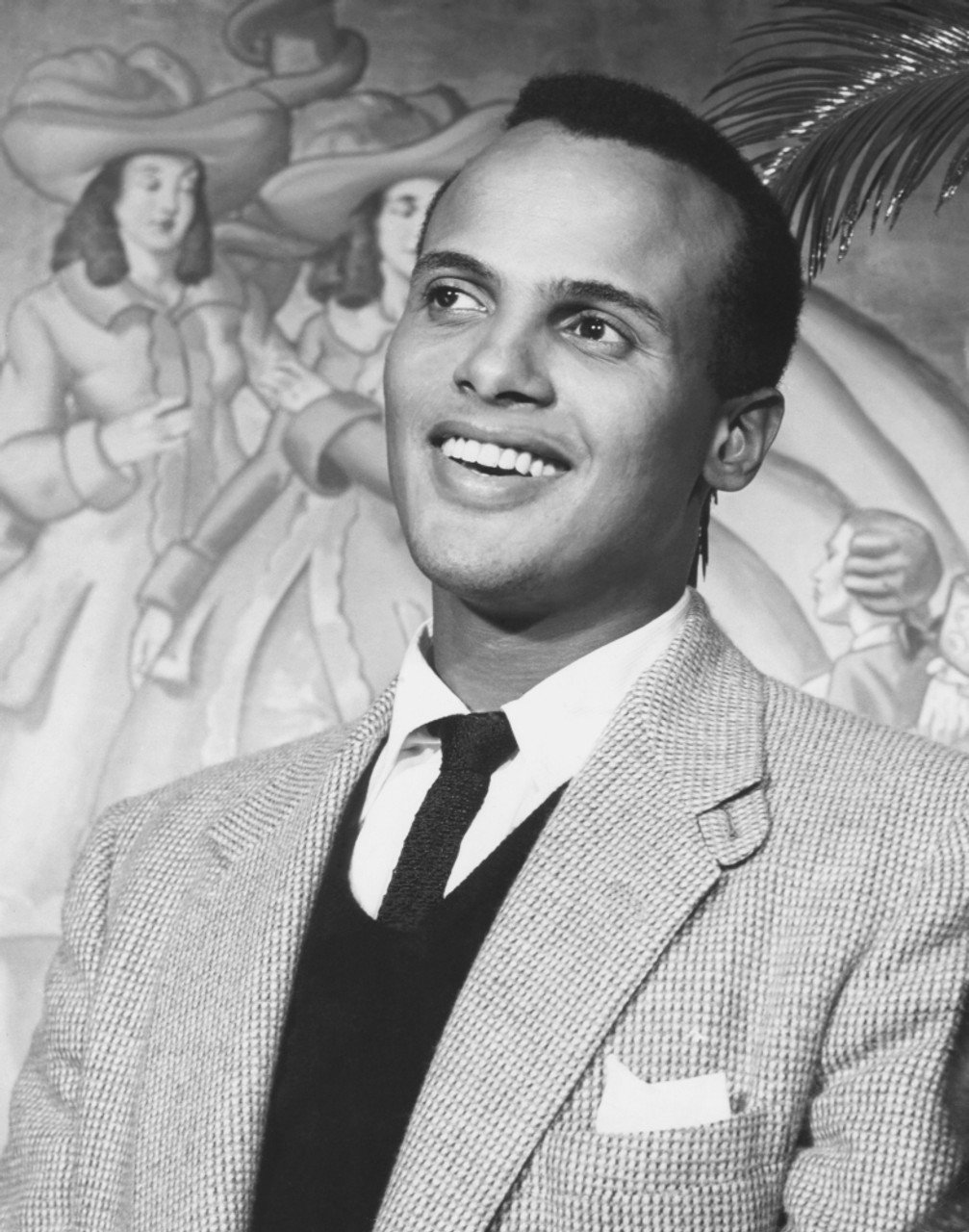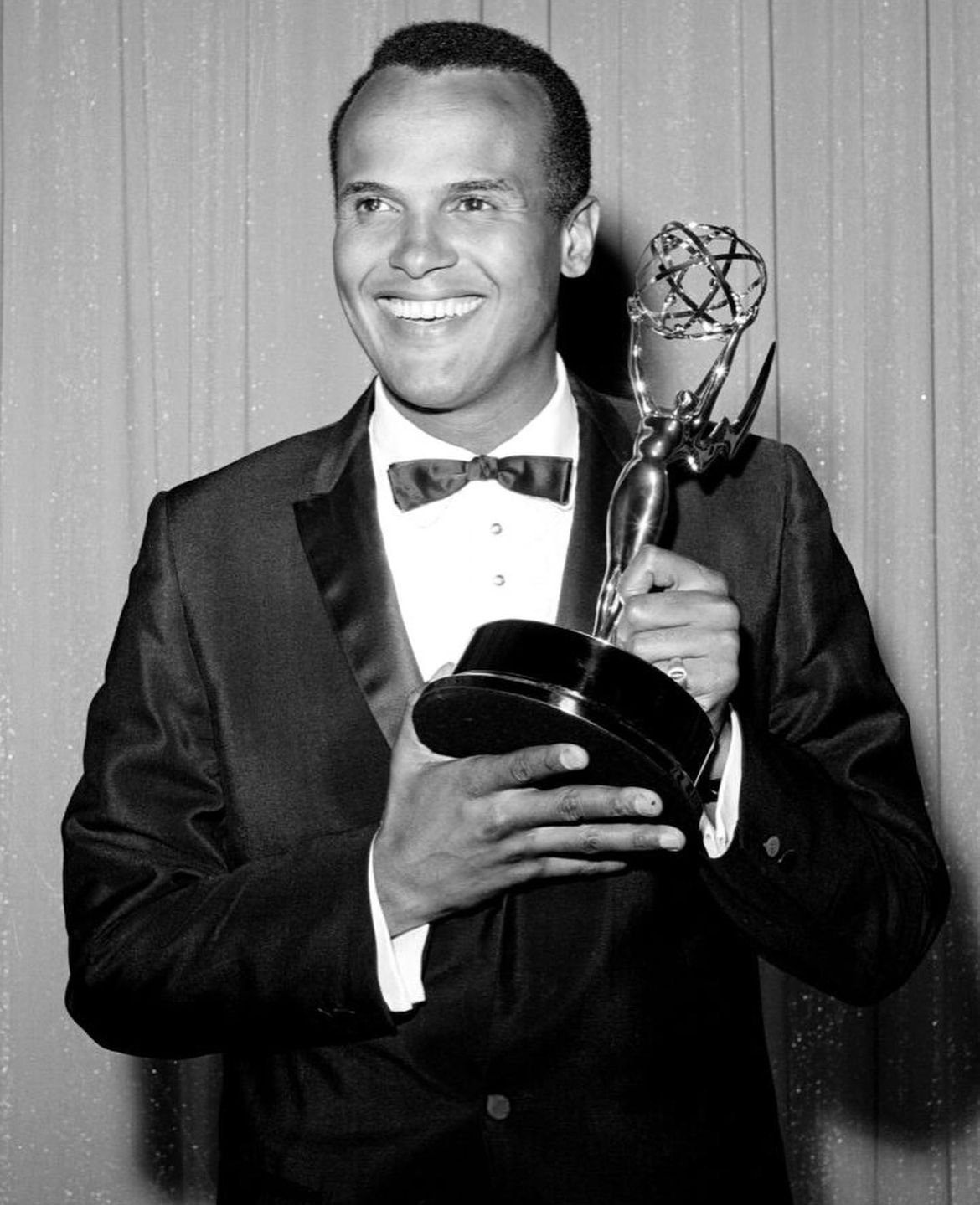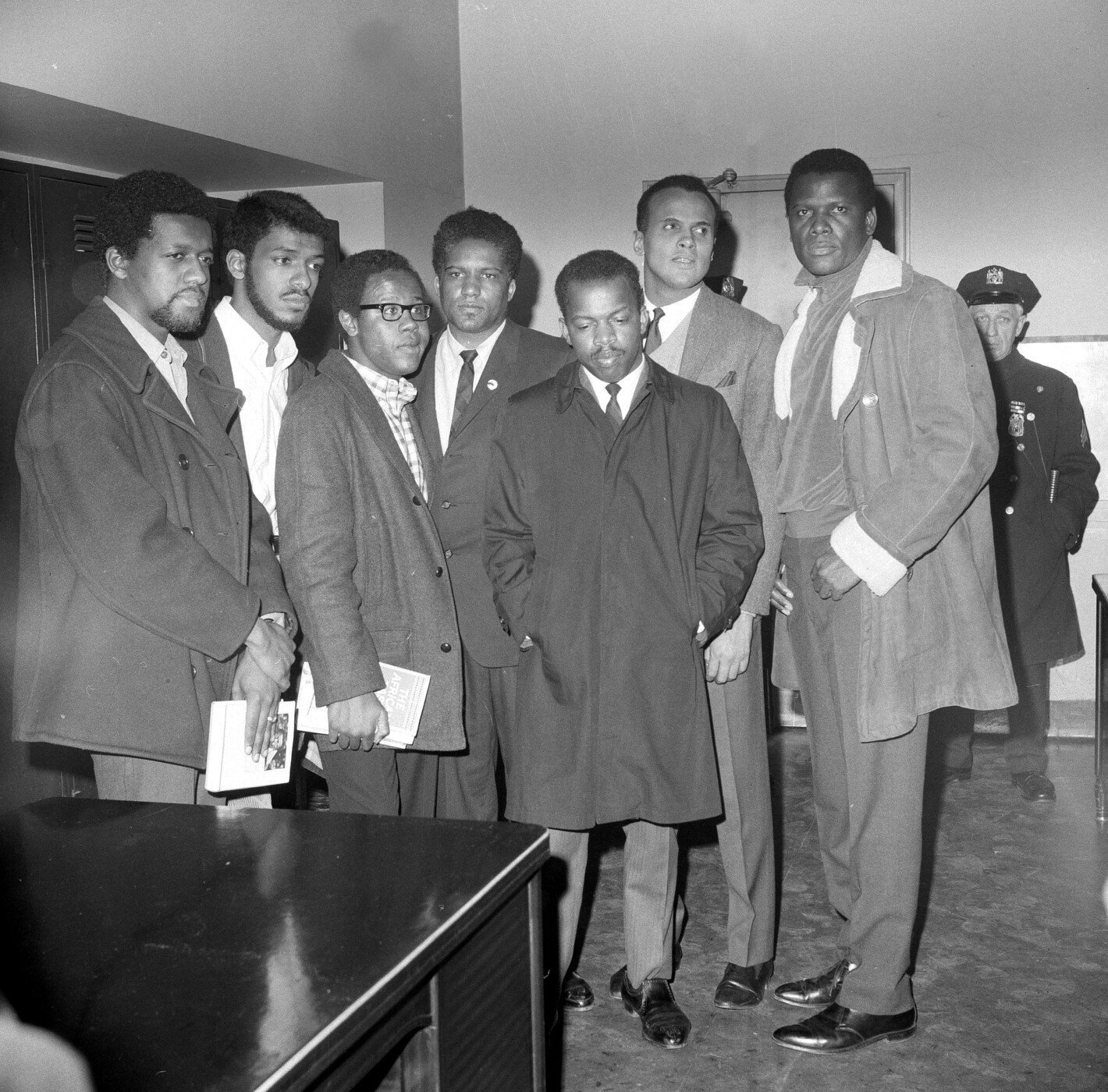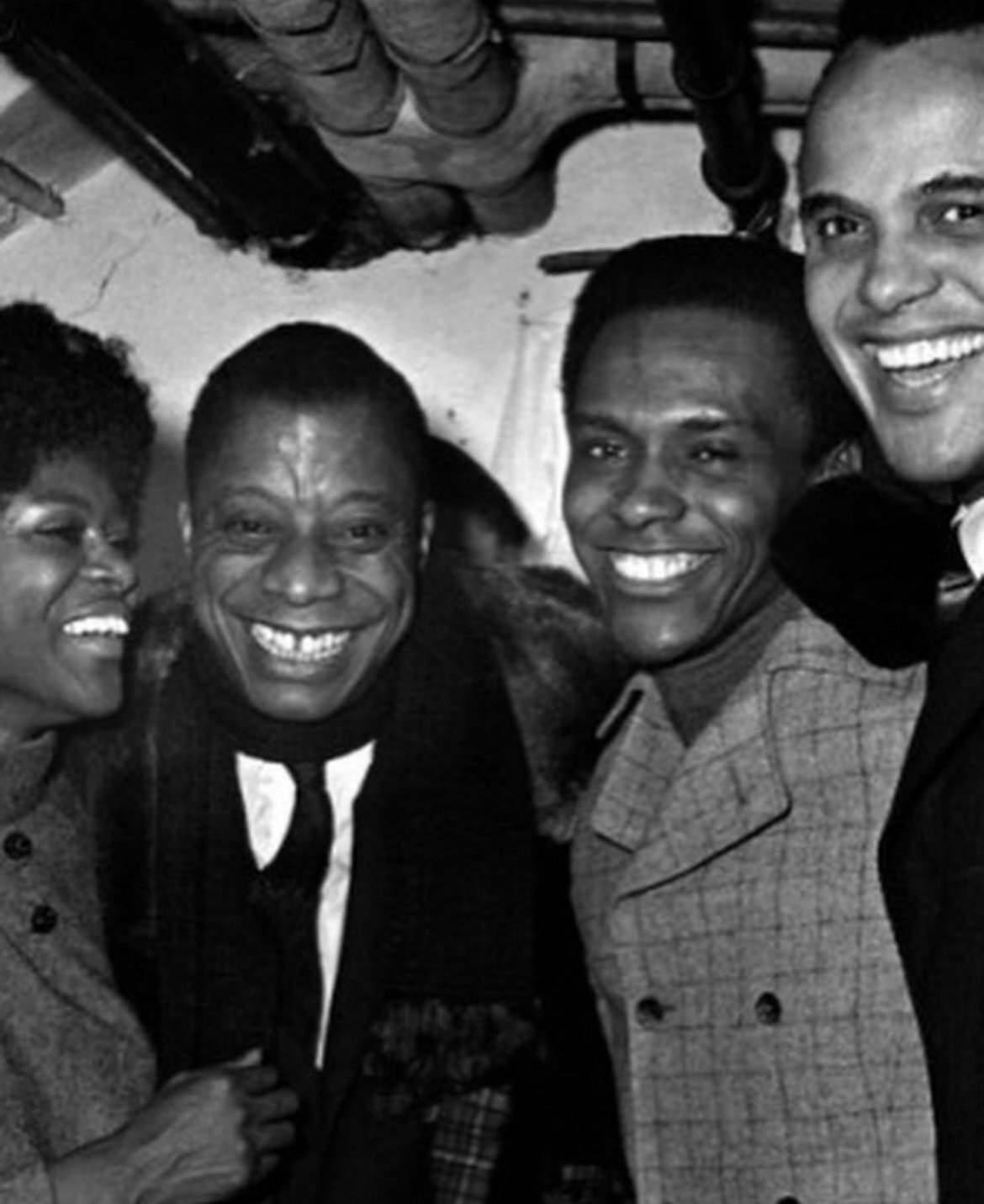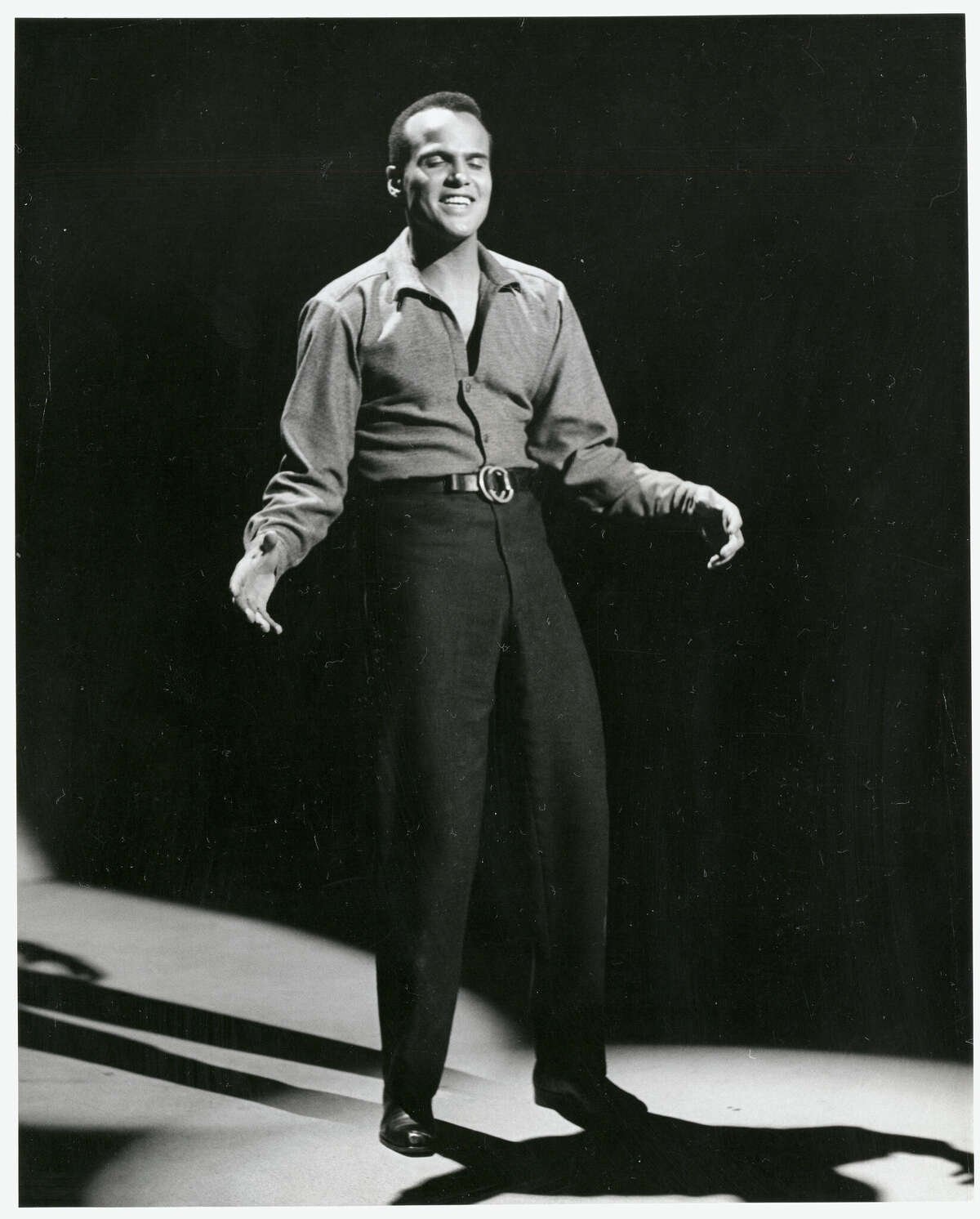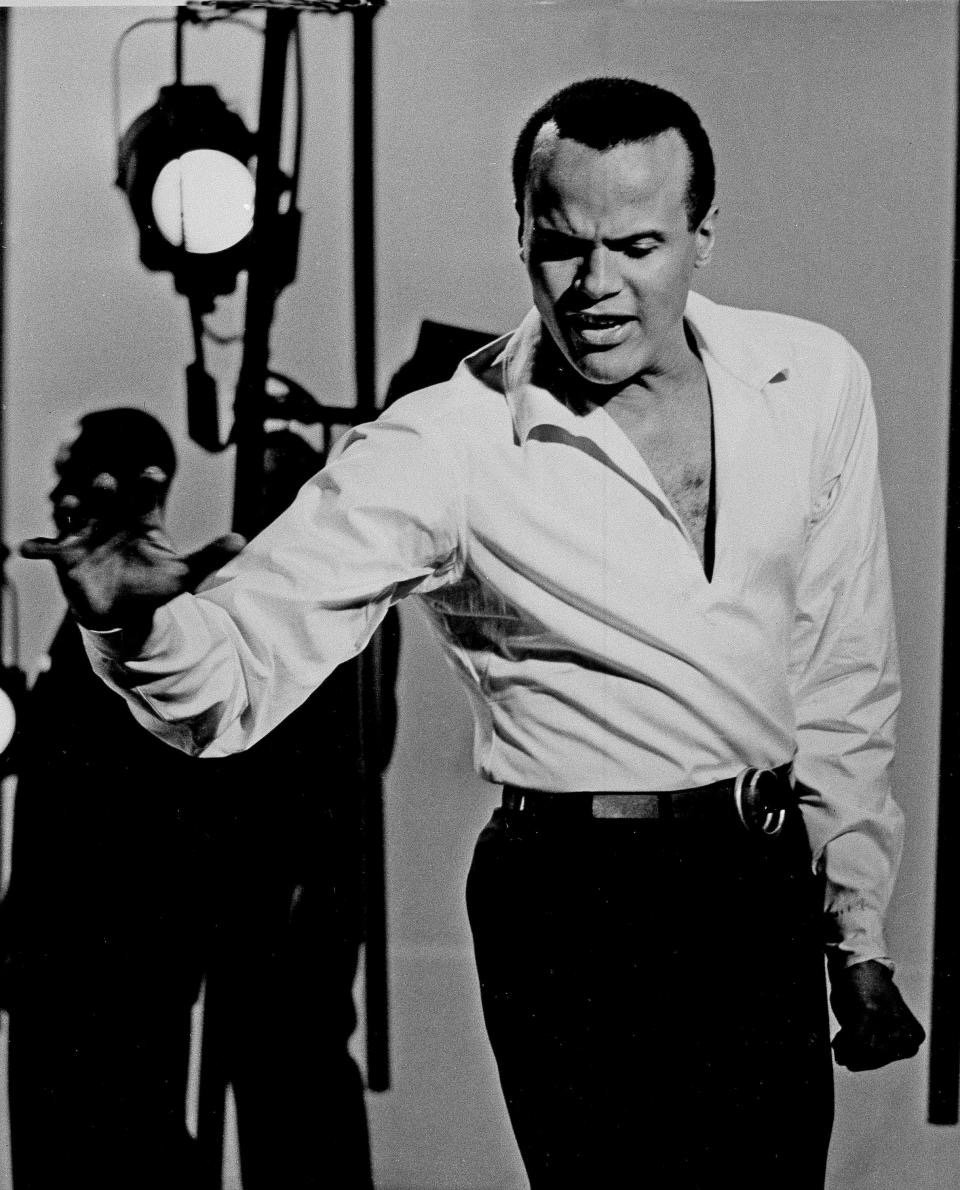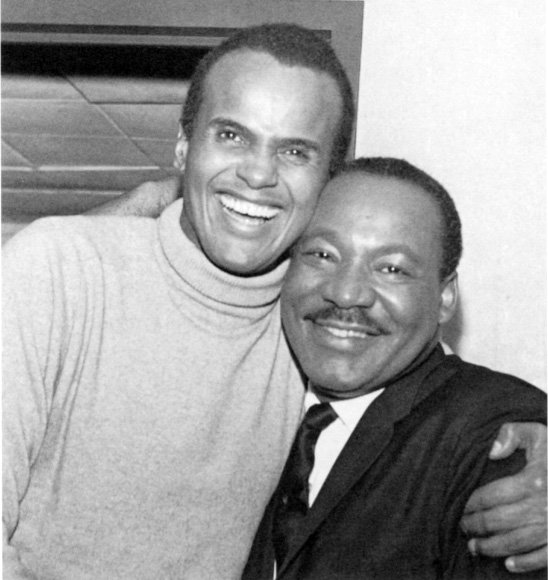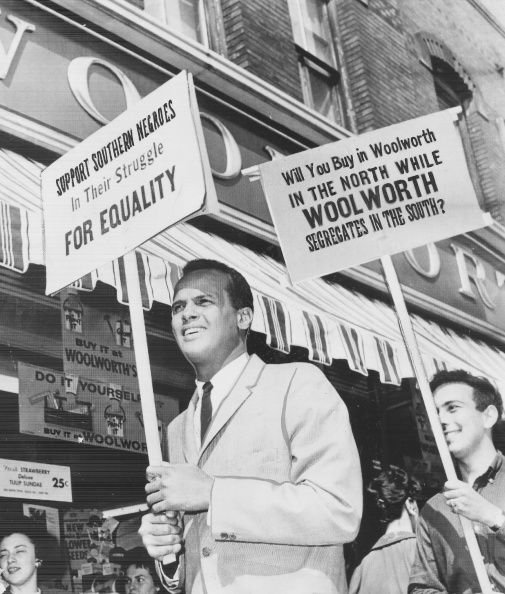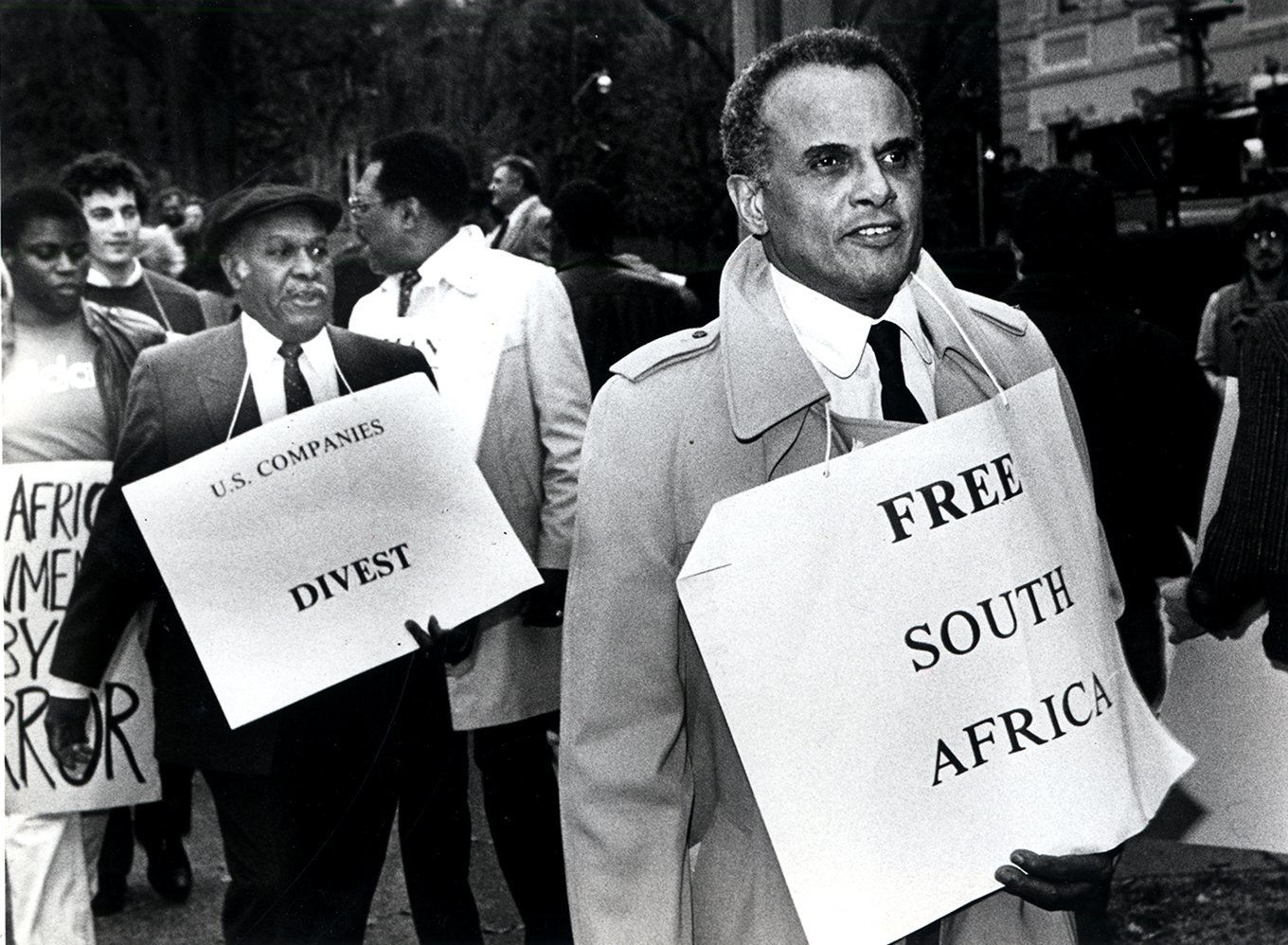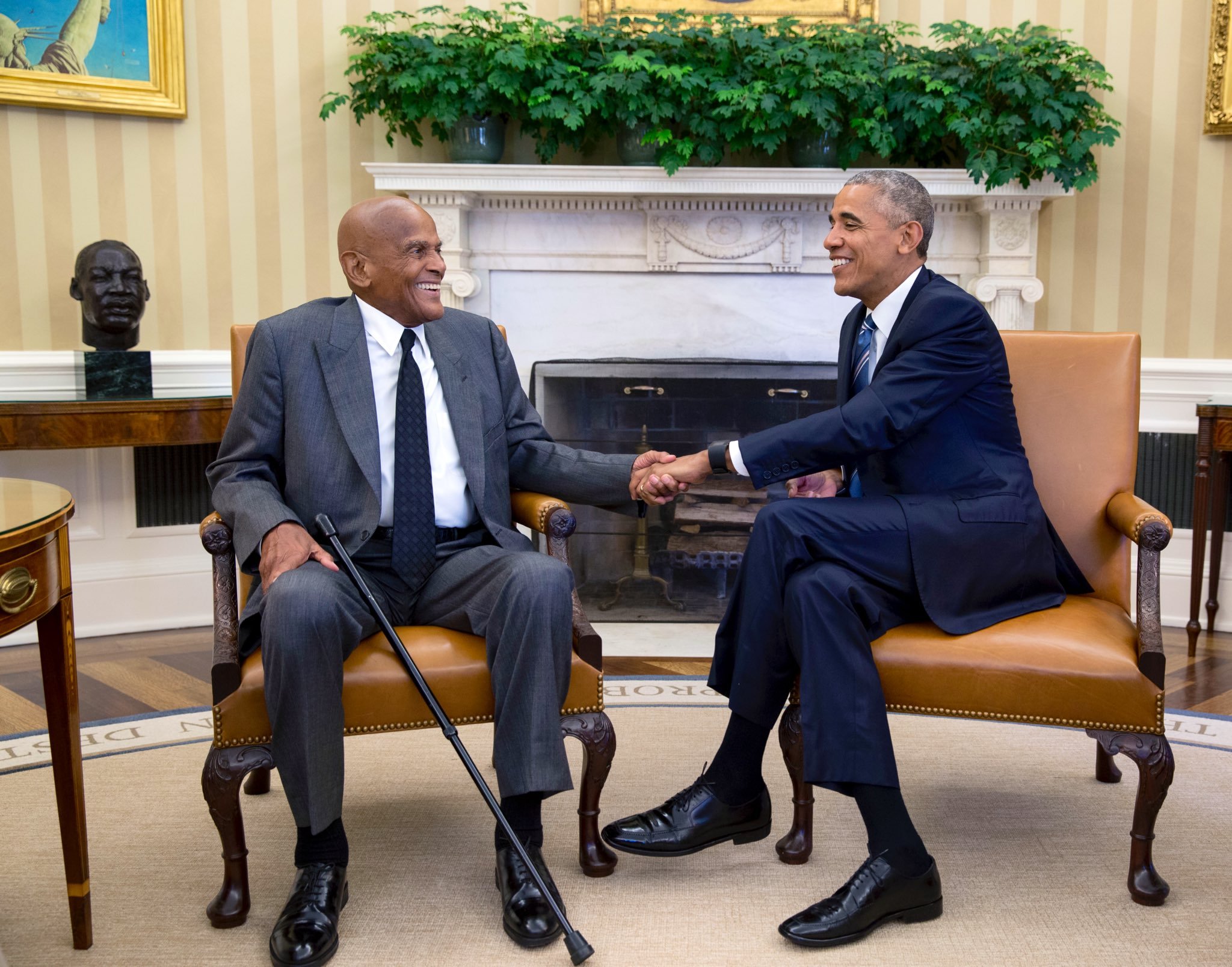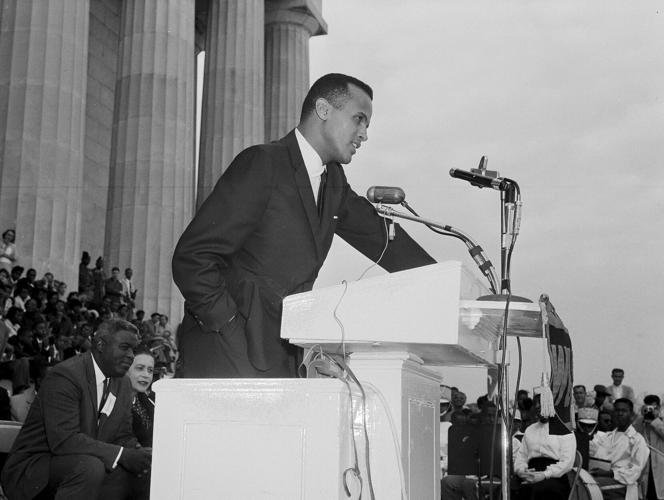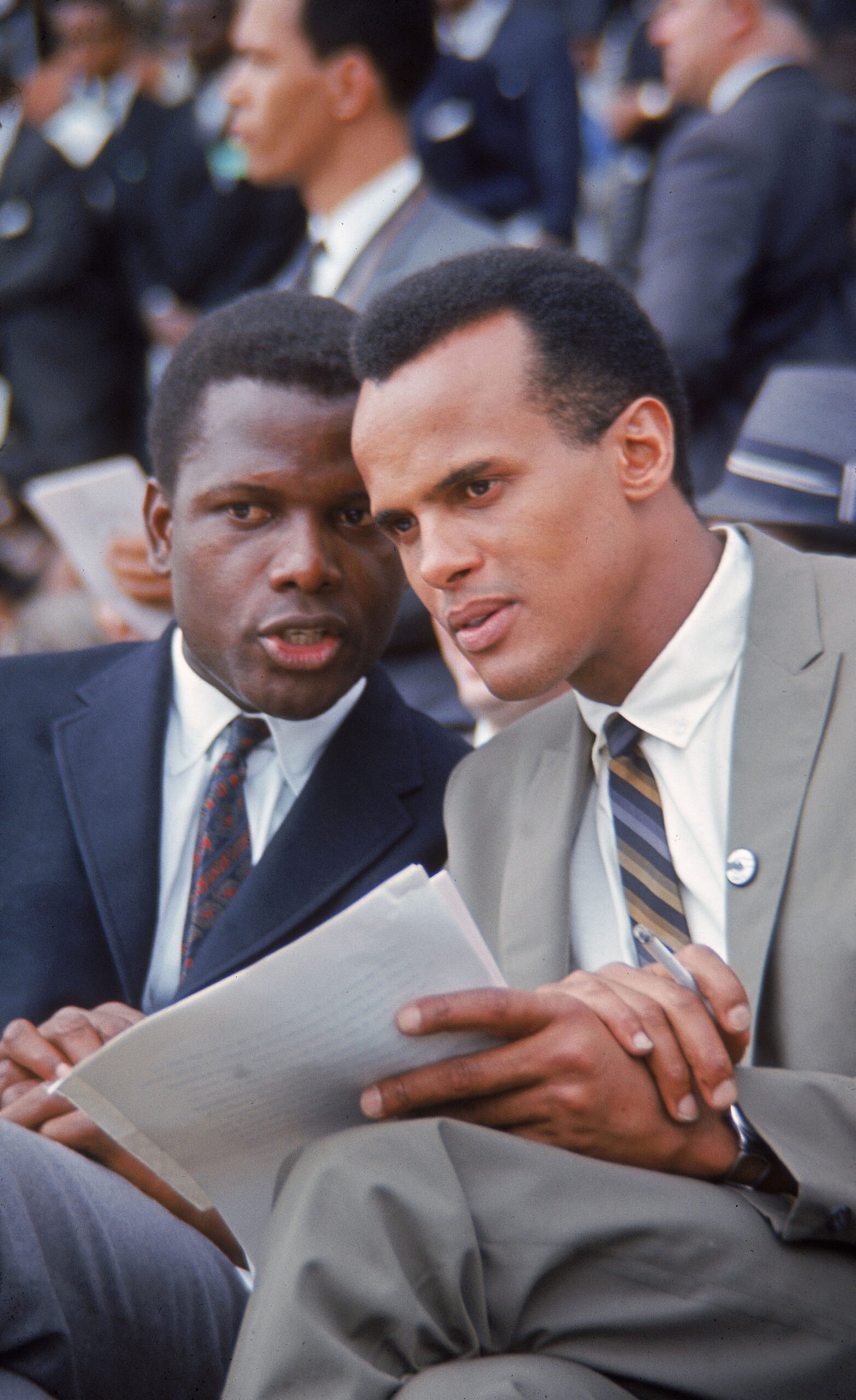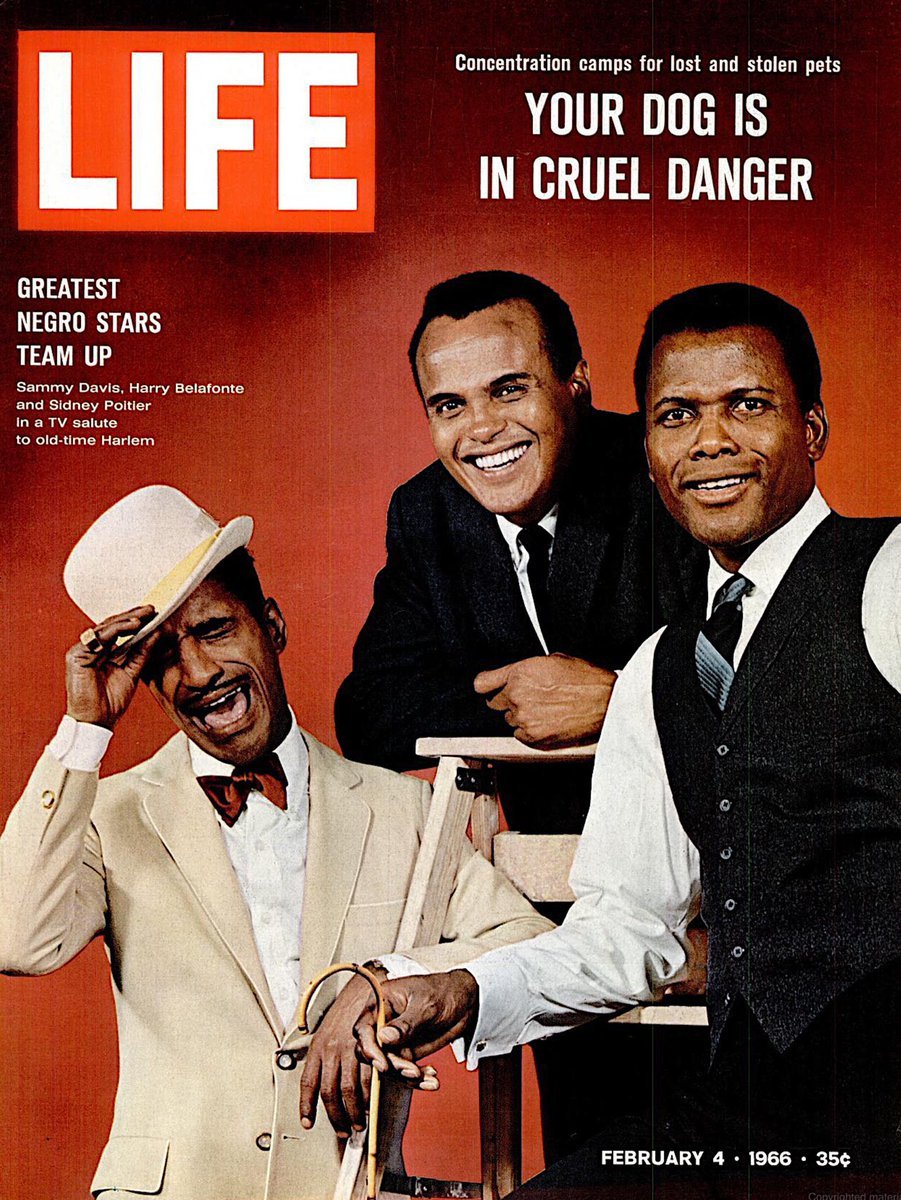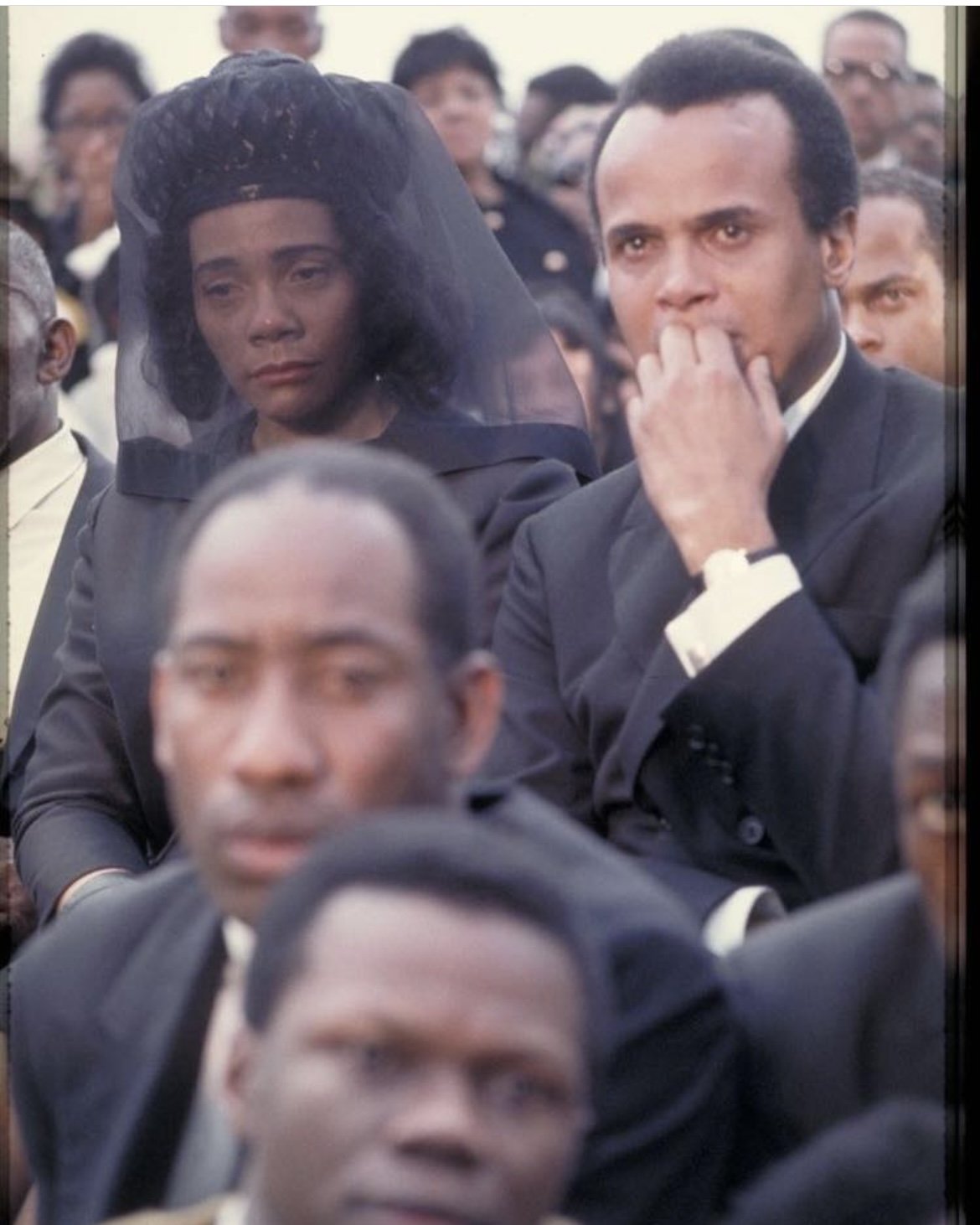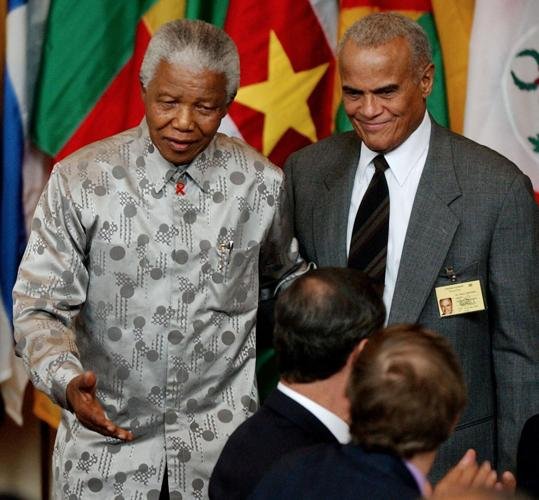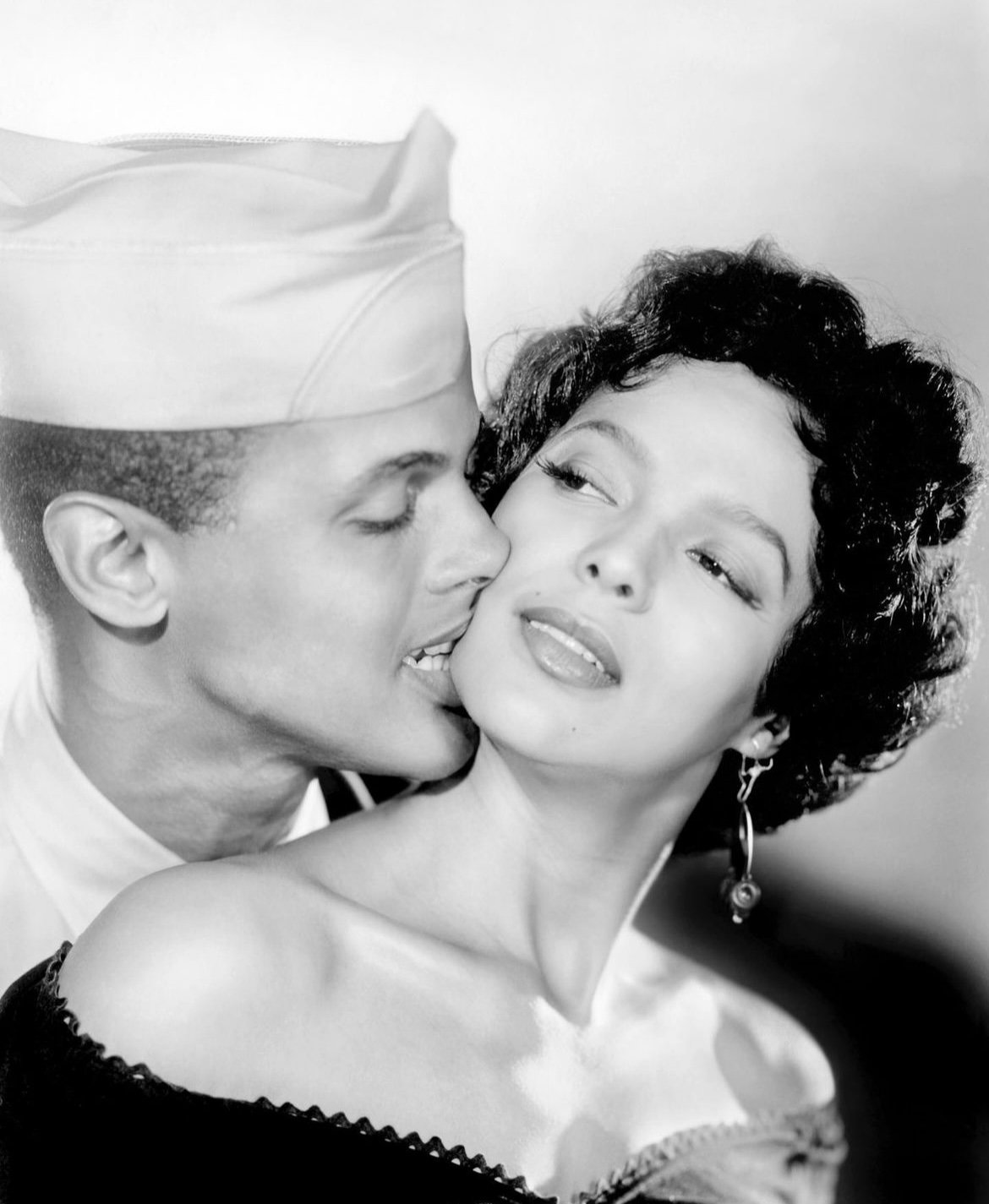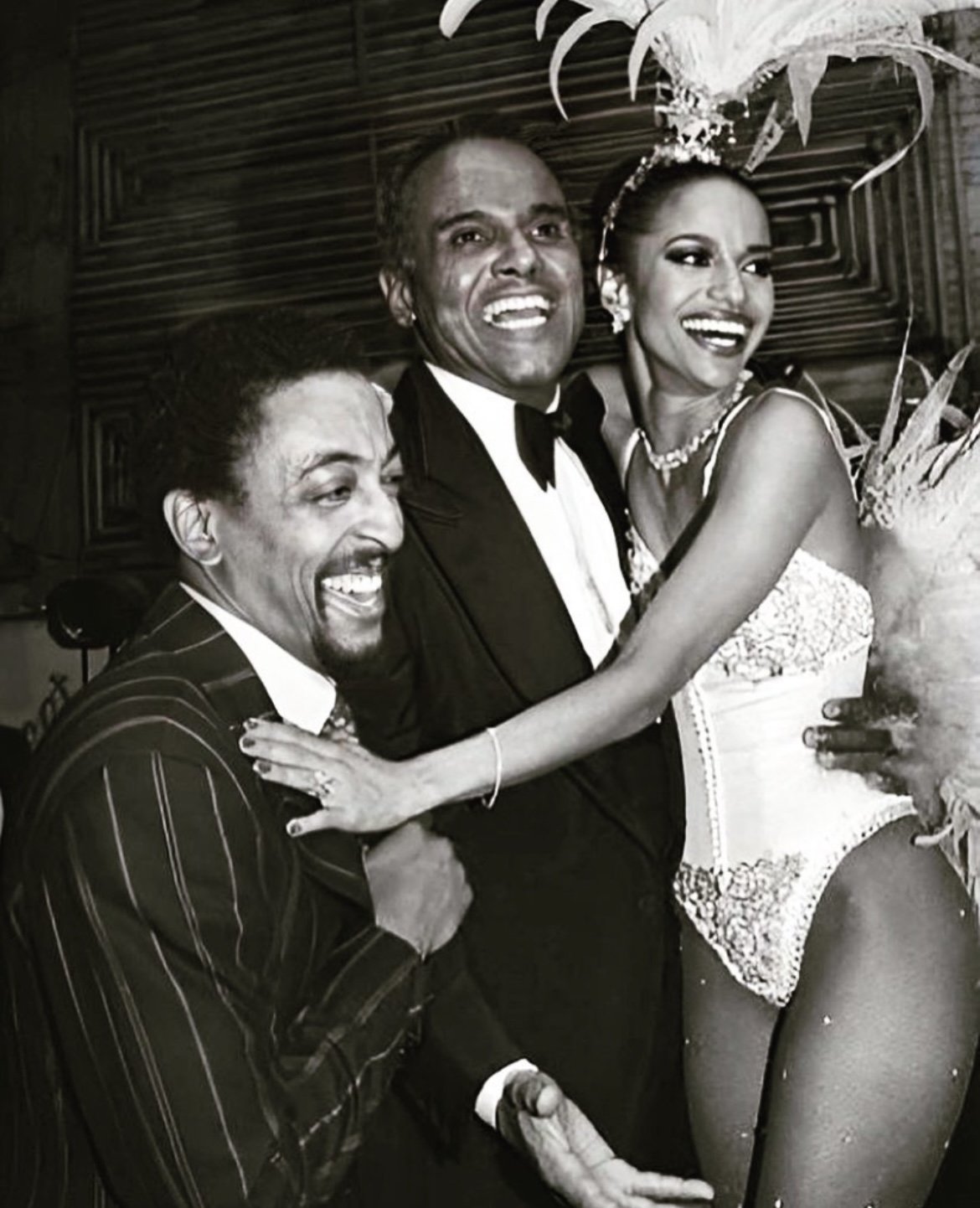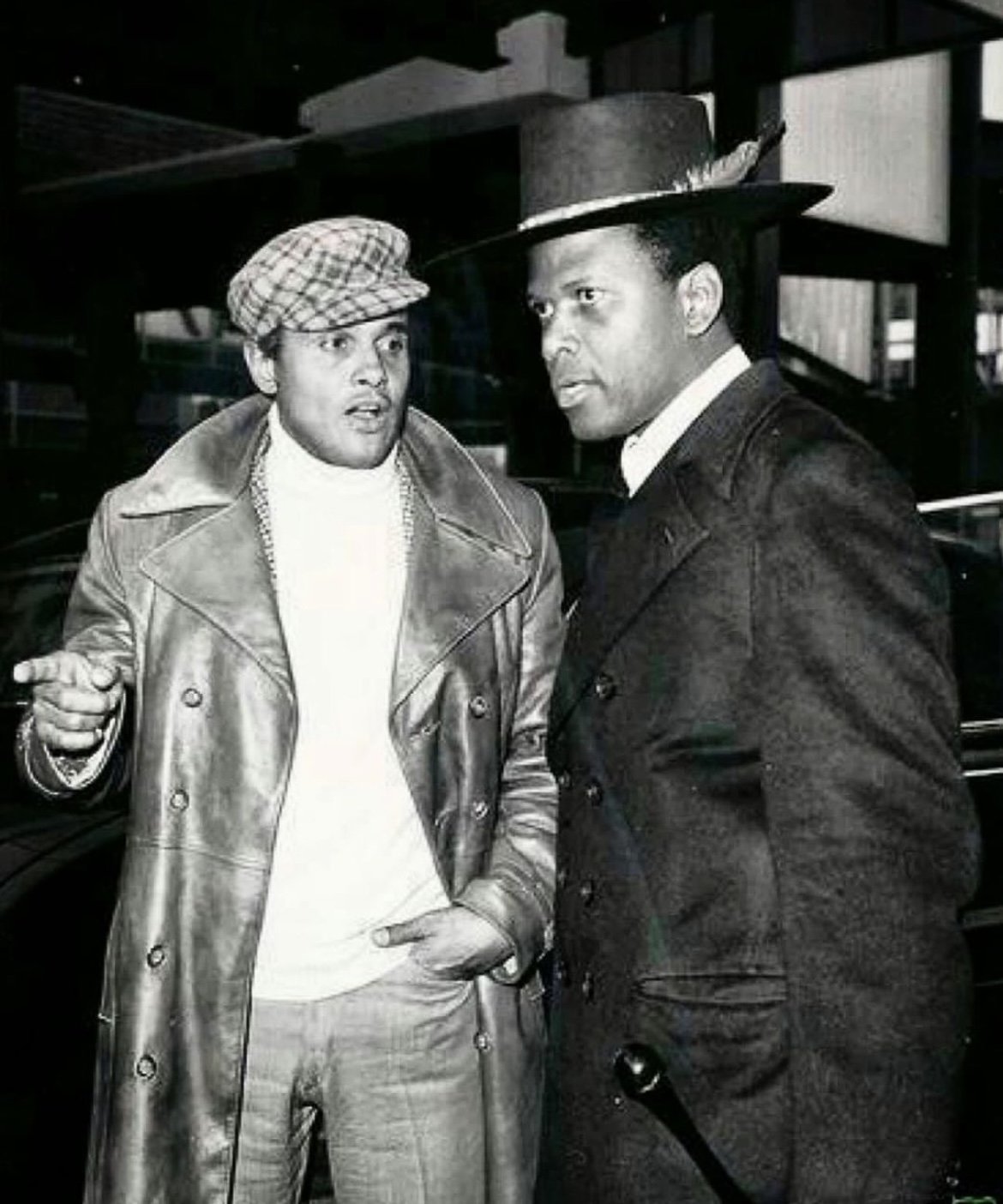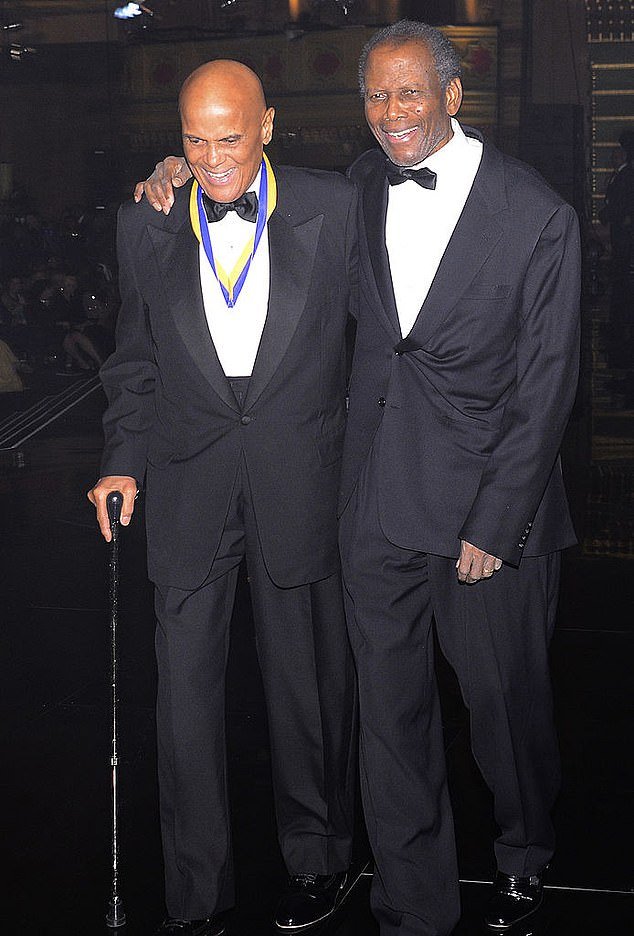Song.
“You can cage the singer, but not the song.”
- Harry Belafonte
Harry Belafonte, a luminary in the realms of music, film, activism, and philanthropy, left an indelible mark on the world stage. Revered as the "King of Calypso," Belafonte surged onto the pop charts in the 1950s, shattering racial barriers and achieving unprecedented success. His groundbreaking album, "Calypso," blazed a trail by becoming the first LP to surpass one million copies in sales. Iconic tunes like "Day-O (The Banana Boat Song)," "Jump in the Line (Shake, Senora)," "Jamaica Farewell," and "Mary's Boy Child" captivated global audiences, cementing Belafonte's status as a musical legend.
Yet, beyond his accomplishments as an entertainer and the numerous accolades he garnered, Belafonte's most enduring legacy lies in his fervent advocacy, activism, and humanitarian endeavors. A stalwart of the civil rights movement, he fearlessly championed political and humanitarian causes, notably lending his voice to the Anti-Apartheid Movement. As a UNICEF Goodwill Ambassador, he tirelessly supported campaigns against HIV/AIDS and myriad other global challenges.
On Tuesday, April 25, 2023, Harry Belafonte passed away at his home on the Upper West Side of Manhattan at the age of 96. His life's work stands as a testament to the power of artistry, activism, and compassion, inspiring generations to strive for justice, equality, and a better world.
“If I’ve impacted one heart, one mind, one soul and brought to that individual a greater truth than tht individual came into relationship with me having, then I would say that I have been successful.”
Mr. Belafonte, born Harold George Belafonte Jr. on March 1, 1927, in Harlem, New York, His father, Harry Belafonte Sr., originally from Martinique, worked as a cook on merchant ships. His Mother, Melvine, moved to the U.S. from Jamaica, and worked as a dressmaker and housekeeper. Belafonte was deeply influenced by his parents' heritage and experiences. His father, Harry Belafonte Sr., originally from Martinique, worked as a cook on merchant ships, while his mother, Melvine, migrated from Jamaica and worked as a dressmaker and housekeeper.
Harry Jr. faced adversity early in life when his father left the family, leaving his mother to shoulder the responsibility of caring for him and his siblings alone. The family endured financial hardships, prompting a temporary relocation to Jamaica, where young Harry witnessed firsthand the injustices inflicted upon Black Jamaicans by white English authorities. This experience left an indelible mark on him, shaping his lifelong commitment to fighting against oppression and injustice.
Upon returning to Harlem in 1940, the Belafonte family continued to face struggles, grappling with poverty and the absence of Harry's mother, who often worked long hours to make ends meet. Reflecting on his childhood, Harry recalled “The most difficult time in my life was when I was a kid… My mother gave me affection, but because I was left on my own, also a lot of anguish.”
“I am who I am despite what America has put before me. I am who I am despite the obstacles that we have all faced based upon race and based upon social and spiritual humiliation.”
In 1944, at the age of 17, Harry made the decision to enlist in the U.S. Navy, dropping out of high school the day after his birthday to do so. Following his service in the Navy during World War II, Harry returned home to Harlem. It was during this time, while working as a janitor's assistant, that a tenant's generous gesture of two tickets to the American Negro Theater sparked his passion for the performing arts. At the theater, Harry not only discovered his love for acting but also forged a friendship with Sidney Poitier.
Despite facing financial challenges, Harry and Sidney attended local plays by purchasing a single seat and alternating between acts, ensuring that both could experience the performances. This exposure to theater ignited Harry's ambition, leading him to pursue a career in acting. He enrolled in acting classes at the Dramatic Workshop of The New School in New York, funding his education by singing in nightclubs across the city. Backed by renowned musicians like Miles Davis, Charlie Parker, and Max Roach, Harry quickly gained popularity as a nightclub performer.
By the early 1950s, Harry had transitioned away from popular music, embracing folk music instead. He immersed himself in the study of traditional folk songs from various cultures worldwide and became a fixture in New York City's folk scene, performing at venues such as the Village Vanguard. This shift in musical focus marked the beginning of Harry Belafonte's journey as a folk singer and activist, setting the stage for his influential career ahead.
“Art in its highest form is art that serves and instructs society and human development.”
In 1954, Harry Belafonte released his debut album, "Mark Twain and Other Folk Favorites," marking the beginning of his musical career. The following year, his second album simply titled "Belafonte," soared to the top of the Billboard Top Pop Albums chart, becoming his first number one album. However, it was his third album, "Calypso," released in the same year, that truly catapulted him to stardom. Featuring songs rooted in his Jamaican heritage, "Calypso" introduced Americans to the infectious rhythms and feel-good vibes of calypso music. It made history by becoming the first album to sell over a million copies in the United States, cementing Belafonte's status as a music icon.
As his musical career flourished, Belafonte also found success on stage and screen. He made his Broadway debut in 1953 and garnered acclaim for his performance, earning a Tony Award for his role in "John Murray Anderson's Almanac" the following year. Belafonte ventured into film alongside Dorothy Dandridge in "Bright Road" (1953), and their collaboration continued with the critically acclaimed "Carmen Jones" (1954), which proved to be a breakthrough moment for African American cinema. Reflecting on the significance of "Carmen Jones," Belafonte emphasized its role in demonstrating the commercial viability of films featuring Black artists and narratives.
In the 1970s, Belafonte enjoyed further success in film, notably collaborating with Sidney Poitier on projects such as "Buck and the Preacher" and "Uptown Saturday Night." His impact on cinema extended into the 21st century with his appearance in Spike Lee's acclaimed film "BlacKkKlansman," marking a remarkable career that spanned decades and left an indelible mark on the entertainment industry.
Belafonte drew inspiration from prominent figures like Paul Robeson and W.E.B. DuBois, whom he regarded as influential in shaping his activism. Robeson, in particular, served as a mentor and moral compass for Belafonte, who revered his dedication to using art as a tool for social change. Belafonte's admiration for Robeson's belief that artists are the gatekeepers of truth underscored his own commitment to using his platform for activism.
His friendship with Dr. Martin Luther King Jr. further solidified his dedication to the civil rights movement. When King was incarcerated in Birmingham, Alabama in 1963, Belafonte posted bail for him and other activists, demonstrating his unwavering support. He played a pivotal role in organizing the historic March on Washington, which culminated in King's iconic "I Have a Dream" speech. Belafonte also provided financial support to initiatives like the Freedom Riders and SNCC, which fought against segregation in the South and promoted voter registration.
In the 1980s, Belafonte spearheaded efforts to aid Africa, particularly Ethiopia, during a famine crisis. He conceived the idea of recording the charity single "We Are the World," featuring an array of music legends, to raise funds for famine relief. The song's immense success not only raised millions of dollars but also brought global attention to the humanitarian crisis.
Belafonte's activism extended beyond civil rights and humanitarian causes. After overcoming prostate cancer, he became a vocal advocate for cancer awareness. His life and legacy serve as a source of inspiration for individuals to pursue their dreams while incorporating advocacy and humanitarianism into their endeavors.
With this blog, I have been able to learn so much about Black History, and it has been so meaningful for me to share these Black stories and interpret them through asana. So much of what Black people have contributed to society and the world has been forgotten, or purposefully left out of our curriculums in school. I hope that no matter if we’re hearing these stories for the first time, or if we are just reminded of them, that we can feel through those stories that we are not alone, and can see that despite the hardships and setbacks these stories speak of perseverance that makes dreams come true for the betterment of us all.
“Each and everyone of you has the power, the will and the capacity to make a difference in the world in which you live.”
How Yoga Can Help
“Yoga is when every cell of the body sings the song of the soul.”
- B.K.S Iyengar
In this class we explore the abdominal poses. These poses are often thought of as core strengthening, by gripping and tightening the abdominal muscles you get strong and picturesque abs. However, this way of muscling through can create strain, and even cause back pain. In this class, rather than flexing or gripping, we learn to tone the abdomen by stretching the arms and the legs, allowing the abdomen to settle back so that the navel moves in and up. On a physical level this helps lengthen and extend the spine, which helps relieve backache. On an organize level that toning is nourishing. Where gripping can be depleting, correct toning helps is invigorating.
Poses 1- 2
1. Supta Padangusthasana I (Reclined Hand To Big Toe Pose I) 2. Supta Padangusthasana II (Reclined Hand To Big Toe Pose II) These poses stretch the hamstrings, and help create freedom and space in the hip joint. The hip opening action, and extension of the back of the legs helps relieve back pain.
Poses 3- 5
3. Adho Muka Virasana (Downward Facing Hero Pose/ Child’s Pose) 4. Adho Muka Svanasana (Downward Facing Dog Pose) 5. Uttanasana (Intense Stretch Pose/ Standing Foward Bend Pose) In these poses the arms and legs are stretched and strengthened to help lengthen the spine, and tone the abdominal muscles. The release of the head and neck here helps relax the brain and quiets the senses, to calms the mind.
Pose 6
Adho Muka Vrksasana (Downward Facing Tree Pose/ Full Arm Balance/ Handstand) This pose, the full arm balance, “develops the body harmoniously.” The arms, legs, and upper back are strengthened and stretched, while the chest is fully expanded. This pose also builds determination, confidence, and powers up our will to do and succeed.
Poses 7- 9
7. Ubhaya Panangusthasana () 8. Akarna Dhanurasana (Archers Pose) 9. Paschimottanasana (Seated Forward Bend Pose) These poses tone the abdomen, and the extension of the arms and legs helps lengthen and extend the spine. These poses bring “balance and poise.”
Pose 10
Setu Bandha Sarvangasana (Bridge Pose with support) In this pose we use props to support the upper back and tailbone moving in, to allow the opening of the front body. The props also allow for deep relaxation.



